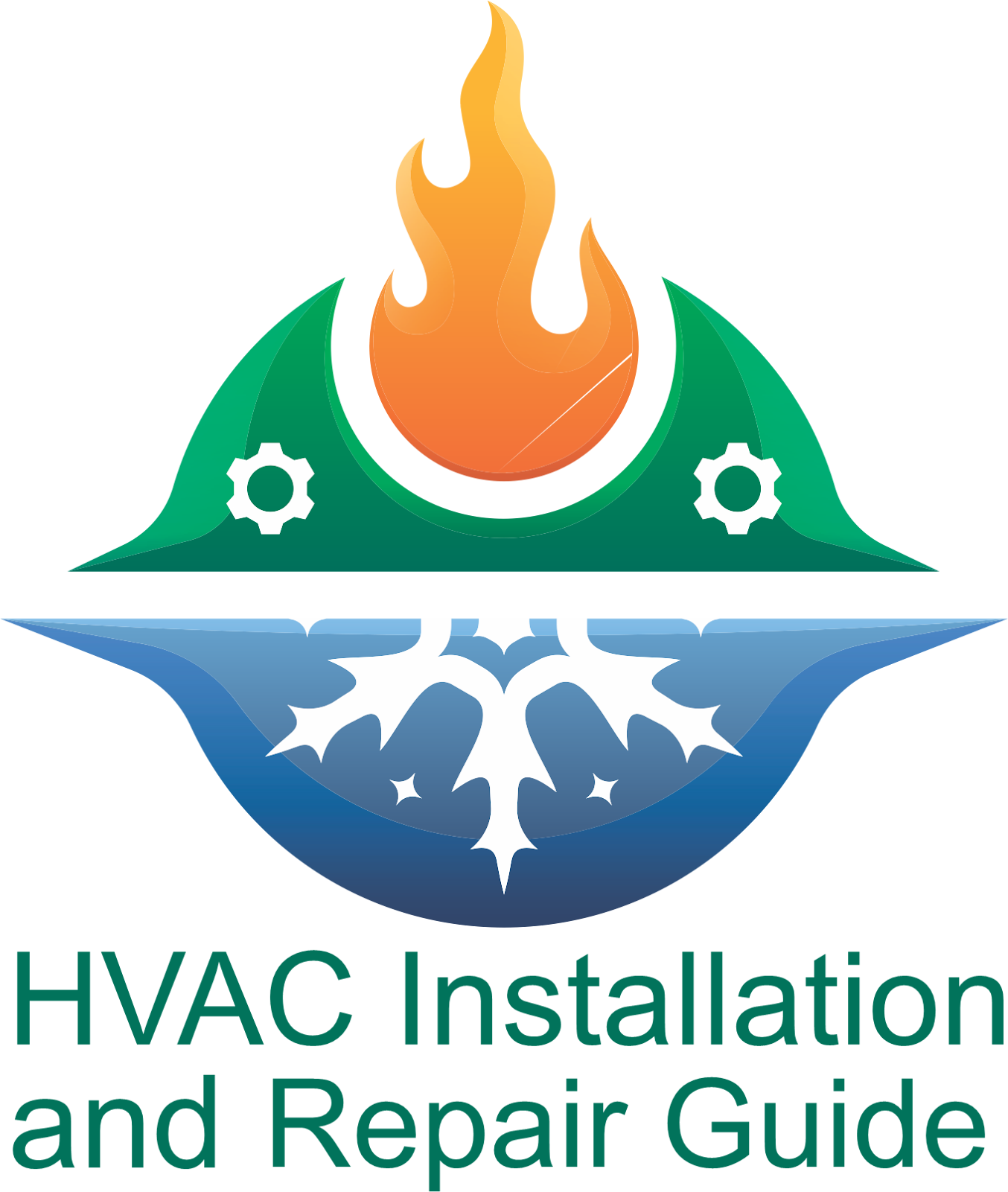Is Your Residence Secure Against the Silent Killer?
Tens of thousands of Virginia residents in the path of Alexandria were instructed to leave their homes last month in order to ensure the safety of their families. After the hurricane, there were a lot of power outages in the state, which put people at risk of carbon monoxide poisoning because many people only had generators to power their homes.
Carbon monoxide is an odorless, colorless gas that is created by the combustion of charcoal and wood, as well as by portable generators, stoves, lanterns, fireplaces, clothes dryers, water heaters, furnaces, and gas ranges. It can cause abrupt illness and death. These carbon monoxide sources can cause the gas to build up in closed or even partially closed spaces.
In certain areas, both people and animals may become contaminated or possibly pass away from exposure to the deadly gas. Carbon monoxide poisoning can happen to anyone, but the risk is higher for children, the elderly, and people who have heart problems, anemia, or trouble breathing.
Each year, over 20,000 people go to the emergency department, over 4,000 people are hospitalized, and over 400 Americans pass away from unintentional carbon monoxide poisoning unrelated to fires. Carbon monoxide poisoning is sometimes called the "silent killer" because the first signs of it are often like those of the flu, like tiredness, nausea, dizziness, and headaches.
To avoid carbon monoxide poisoning, the Centers for Disease Control and Prevention suggest the following:
- Never use a generator, charcoal grill, camp stove, or other fuel-burning appliance indoors, in the basement, or close to a window.
- Even if you leave the door open, never start a car or truck inside a garage that is attached to your home.
- Never burn anything in an unvented stove or fireplace.
- Never use a gas oven to heat your home.
- At least 20 feet away from any window, door, or vent when operating any gasoline-powered engine, pressure washer, or generator.
It is not always obvious where potential sources of carbon monoxide poisoning reside, as was demonstrated in the wake of Hurricane Irma. In fact, as many homeowners turn on their furnaces to keep their families warm and cozy for the next few cooler months, the number of incidents of carbon monoxide poisoning often rises.
The Carbon Monoxide Installation and Repair Guide says to replace your CO detectors every five years and check your CO and fire detectors every month to make sure the batteries and alarm are still working.
Tags
ac maintenance
ac repair
ac repair installation
ac replacement
Air Conditioner Repair
air conditioning replacement
central air conditioner
Furnace repair
HVAC Installation
HVAC repair

